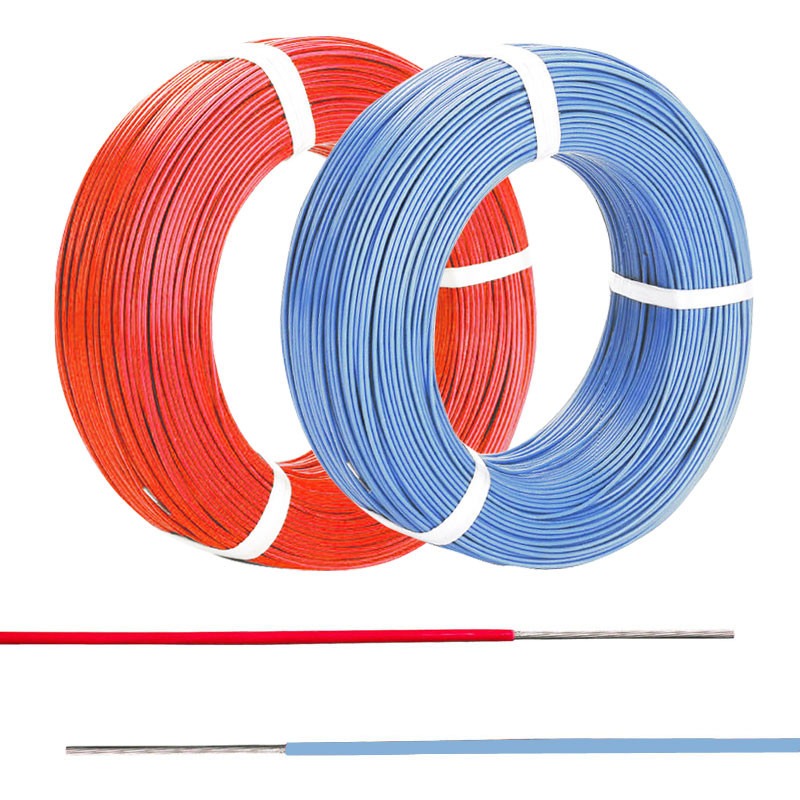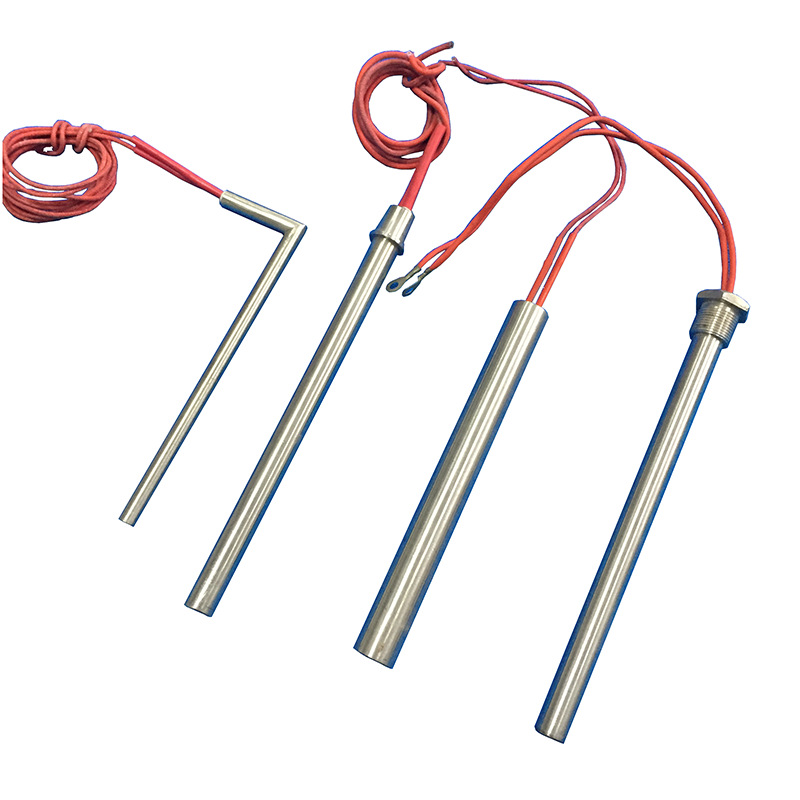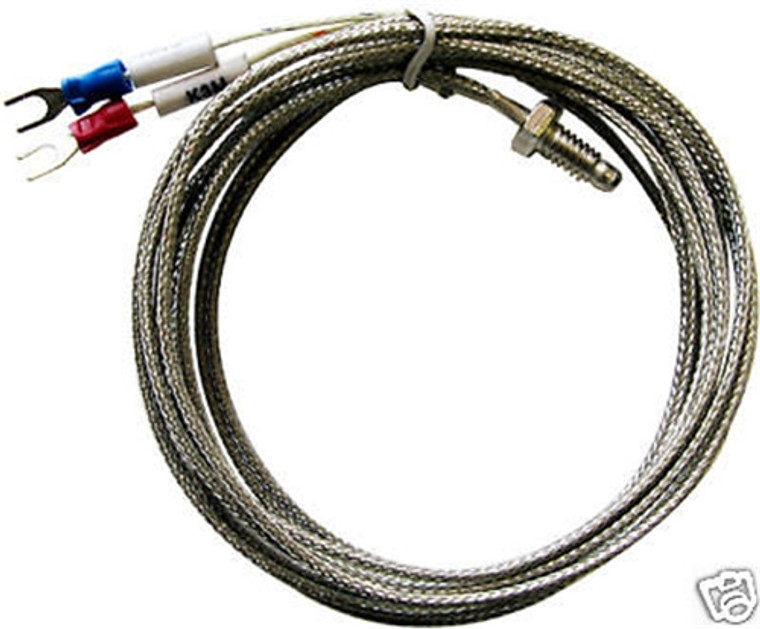A finned tubular heater is a highly efficient heating solution widely used across industries due to its enhanced heat transfer capabilities. These heaters combine a tubular element with metal fins to increase surface area, enabling faster heat dissipation.
But what exactly are they used for?
Let’s break it down with actionable insights and practical applications.
How Does a Finned Tubular Heater Works?
Before understanding its uses, let’s clarify how it operates. A finned tubular heater works by converting electrical energy into heat. The fins attached to the heating element improve thermal conductivity and airflow, making the heater ideal for high-demand environments.
Key benefits of its design include:
- Improved heat transfer through the fins.
- Durable materials like stainless steel or Incoloy for harsh conditions.
- Customizable configurations to suit diverse applications.
This unique functionality makes the finned tubular heater indispensable in various settings.
Common Uses of Finned Tubular Heater
1. Industrial Drying Applications
Industries requiring controlled drying processes rely heavily on these heaters. Their precise temperature control ensures consistent results, making them ideal for:
- Drying textiles, paper, and wood.
- Baking coatings and adhesives.
- Removing moisture in packaging processes.
Why it works: The extended surface area increases airflow efficiency, reducing drying times.
2. HVAC Systems
Heating, Ventilation, and Air Conditioning (HVAC) systems benefit from the finned tubular heater’s ability to quickly heat large air volumes. These heaters are commonly found in:
- Duct heating systems.
- Air handlers for commercial spaces.
- Residential heating units.
Pro Tip: They reduce energy consumption compared to traditional heaters, cutting operational costs.
3. Food and Beverage Industry
Food safety regulations demand precise temperature control, and finned tubular heaters deliver just that. They are used for:
- Cooking and baking equipment.
- Sterilization of utensils and machinery.
- Keeping food warm in buffet setups.
Their durability ensures consistent performance, even under continuous operation.
4. Chemical and Pharmaceutical Processing
In sensitive environments like chemical plants and labs, heating needs to be efficient and reliable. Finned tubular heaters excel in:
- Heating tanks and vats.
- Maintaining the right temperatures for chemical reactions.
- Providing uniform heat for lab equipment.
Their corrosion-resistant materials handle aggressive chemicals effortlessly.
5. Freezing Prevention in Cold Climates
Preventing freezing in pipes and equipment is crucial for industries operating in extreme weather. Finned tubular heaters are used for:
- Heating pipelines and valves.
- Defrosting refrigeration units.
- Protecting critical systems in oil rigs and outdoor machinery.
Their rugged construction withstands low temperatures while ensuring uninterrupted operations.
Factors to Consider When Choosing a Finned Tubular Heater
Selecting the right heater requires evaluating your specific needs. Here’s what to keep in mind:
- Watt density: Higher watt density is better for industrial tasks, while lower is ideal for gentle heating.
- Material compatibility: Choose materials like stainless steel for moisture-prone environments.
- Size and configuration: Match the heater size to the available space for optimal performance.
- Voltage requirements: Ensure compatibility with your power supply.
Final Words
A finned tubular heater is a versatile heating solution trusted across industries for its efficiency, reliability, and adaptability. Whether drying, heating air, or safeguarding equipment, these heaters prove invaluable in diverse applications. Understanding their features and benefits ensures you make the right choice for your specific needs.














